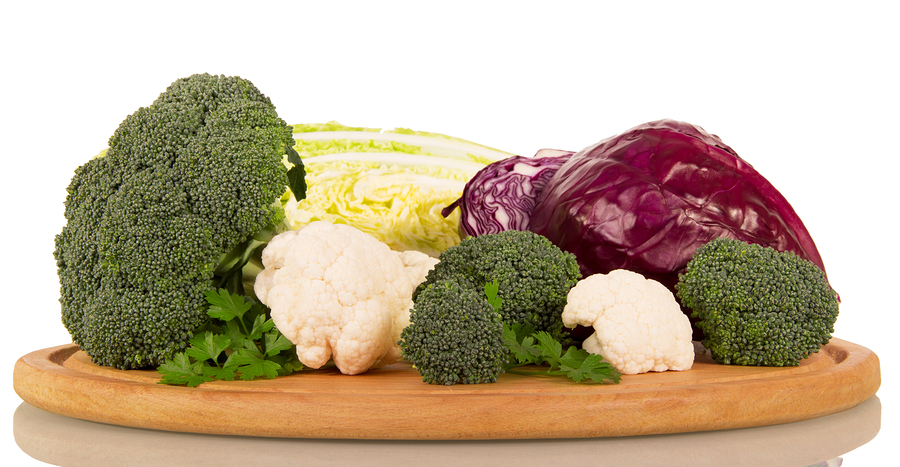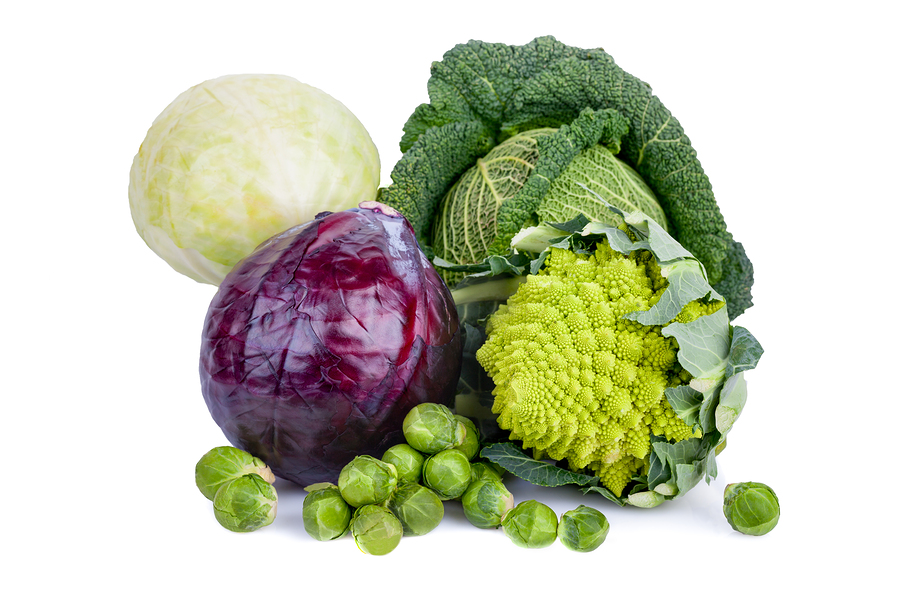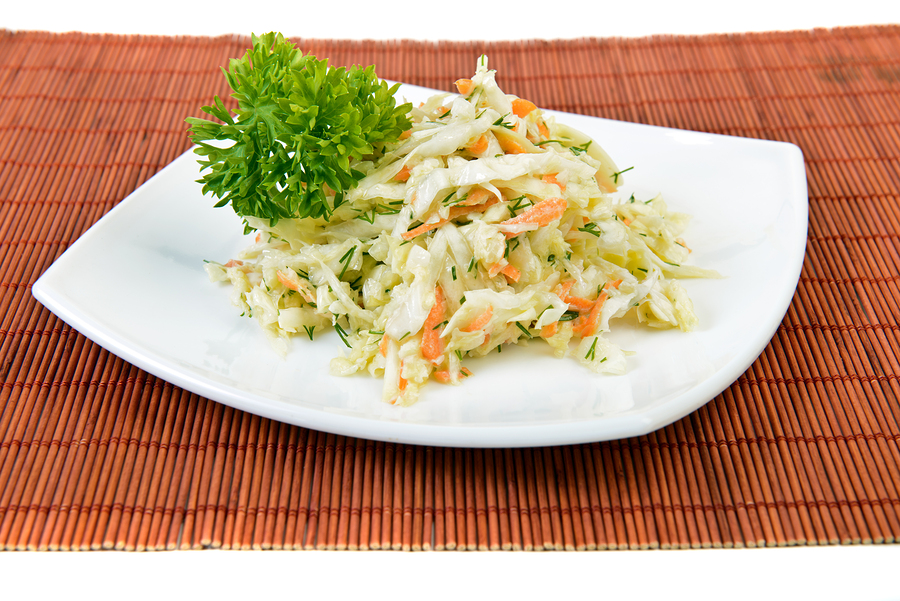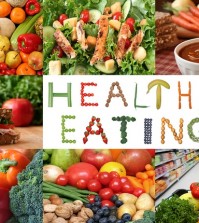- Make It Yourself Lavender Heart-Shaped Bath Bombs!
- 20 Things You Never Knew About “Down There”
- 12 Best Foods For Those Suffering From Arthritis Pain
- 12 Personal Hygiene Mistakes Almost Everyone Makes (Mom Never Told You About #4!)
- 15 Medicinal Plants And Herbs From The Cherokee People
- 12 Mind-Blowing Benefits Of Drinking Coconut Water During Pregnancy
- 12 Outstanding Winter Foods That Won’t Fatten You Up Like A Christmas Turkey
8 Ways Eating Cruciferous Vegetables Can Change Your Life

Photo credit: bigstock.com
One of the first directives we receive from our parents when we are children is to “eat your vegetables.” We quickly find out that some vegetables are easier to consume than others. Sweet, starchy vegetables seem to appeal to the palate more than the bland or bitter types. And all vegetables have their nutritive benefits as they each contain a variety of vitamins and minerals. This brings us to the good news and the bad news about cruciferous vegetables, also referred to as Brassica vegetables. The good news is they contain the most health benefits of all the vegetable groups. The bad news is that they are the least favorite in the taste department.
Some of the vegetables that make up the cruciferous group include:
- Cabbage
- Cauliflower
- Broccoli
- Brussels sprouts
- Arugula
- Radishes
- Kale
- Rutabaga
- Turnips
- Kohlrabi
The reason this food group has been the focus of much attention in recent years is because of a phytochemical called sulforaphane. Studies as recently as 1992 that were carried out at John Hopkins University discovered the many benefits of sulforaphane with the results garnering a mention in The New York Times.
Here are some ways eating cruciferous vegetables can keep you healthy.
1. Helps prevent many types of cancer
Sulforaphane has been recognized for its properties as an anti-inflammatory and antioxidant. It was found through a preclinical study that this compound, when combined with curcumin and aspirin, was just as effective as chemotherapy in treating pancreatic cancer. In addition, sulforaphane was found to successfully treat and help prevent the following kinds of cancer: lung, prostate, breast, bladder, stomach, skin, and colon. Cauliflower was found to help treat and even prevent prostate cancer. The extract of broccoli sprouts was found to eliminate the chances of neck and head cancer survivors from having a recurrence. Women who survived breast cancer went on to lower their risk of dying during the three-year period after their diagnosis by 27% to 62% as opposed to women who did not eat cruciferous vegetables.
Continue to Page 2

Photo credit: bigstock.com
2. Effective in easing and relieving pain
A clinical study in 2000 found that when mixed with ascorbigen, which is a derivative of vitamin C with broccoli powder, reduced the pain of females suffering from fibromyalgia. Another study completed in 2016 found that the sulforaphane from broccoli sprout extract was effective in blocking pain and opened the door for additional clinical studies.
3. Powerful antioxidant
When researchers are testing to see the level of success a food has as an antioxidant, they look for the concentrations of C-reactive protein (CRP). A clinical study followed a group of males who smoked cigarettes for 10 days. After consuming 250 grams (1 cup) of broccoli each day they found the CRP levels had decreased. This reflects the lowered risk of contracting a long-term illness.
4. Protects against toxins
A clinical study was conducted in an area of China that was known for its alarming level of polluted air. There were 291 people participating in this test and the results showed that the group that received high levels of sulforaphane for 12 weeks experienced a significant increase in the “elimination of toxic substances” than those who received the placebo.
5. Effect on autism
While autism affects about 2% of the population in the US, the cost to deal with this disorder runs roughly $100 billion each year. A clinical study was conducted at the ChemoProtection Center and found that 65% of those receiving broccoli sprout extract had a major improvement in dealing with their autistic side effects. The double-blind test went on to show that the results declined after the participants stopped consuming the broccoli sprout extract proving that in order to enjoy future results the cruciferous veggies must be taken on a daily basis.
Continue to Page 3

Photo credit: bigstock.com
6. Eye health
Besides the benefits of sulforaphane, cabbage is brimming with beta-carotene which makes it the perfect fit as a remedy for several eye conditions. It works to reduce and eliminate the chances of macular degeneration in the elderly. The low-calorie vegetable is also able to prevent or at least delay the formation of cataracts.
7. Helps control blood pressure levels
Cabbage is rich in potassium which helps to bring down high blood pressure numbers. One of the things that potassium has going for it is that it is considered a vasodilator. This means that it is able to open the blood vessels making it a smooth transition for the blood to flow smoothly and evenly. High blood pressure is what contributes to cardiovascular problems as well as increasing the chances of having a stroke.
READ ALSO: Top 20 Healthy Foods You Should Be Eating Every Single Day
8. Helps with type 2 diabetes and insulin resistance
It was discovered in a study conducted in 2016 that participants who were given a higher amount of sulforaphane showed a reduced rate of insulin resistance. The test consisted of 81 people who either received a placebo or the concentrated sulforaphane powder. High levels of insulin resistance are what are responsible for many serious side effects of type 2 diabetes. Additional studies showed that sulforphane was able to eliminate some of the effects of the disease including fibrosis, nephropathy, and vascular conditions.
The results of many clinicals are impressive but it has been recognized that some of the results are only in effect while you are consuming these health-bearing cruciferous vegetables.
The key to maintaining your health is in adding these vegetables to your menu on a daily basis. Some of the best ways to include them are by steaming them or roasting them and serving them as a side dish. Roasting vegetables is easy when you put them on a sheet pan in a single layer. Drizzle with olive oil, season with sea salt and black pepper, and roast at 400 degrees for about 20 minutes.
Serving them raw with a vegetable dip make them a nutritious snack for the entire family. These vegetables are also easy to add to your favorite soups and salads. It’s a great way to get kids to eat them while they are joining other vegetables they already like.
References:
































